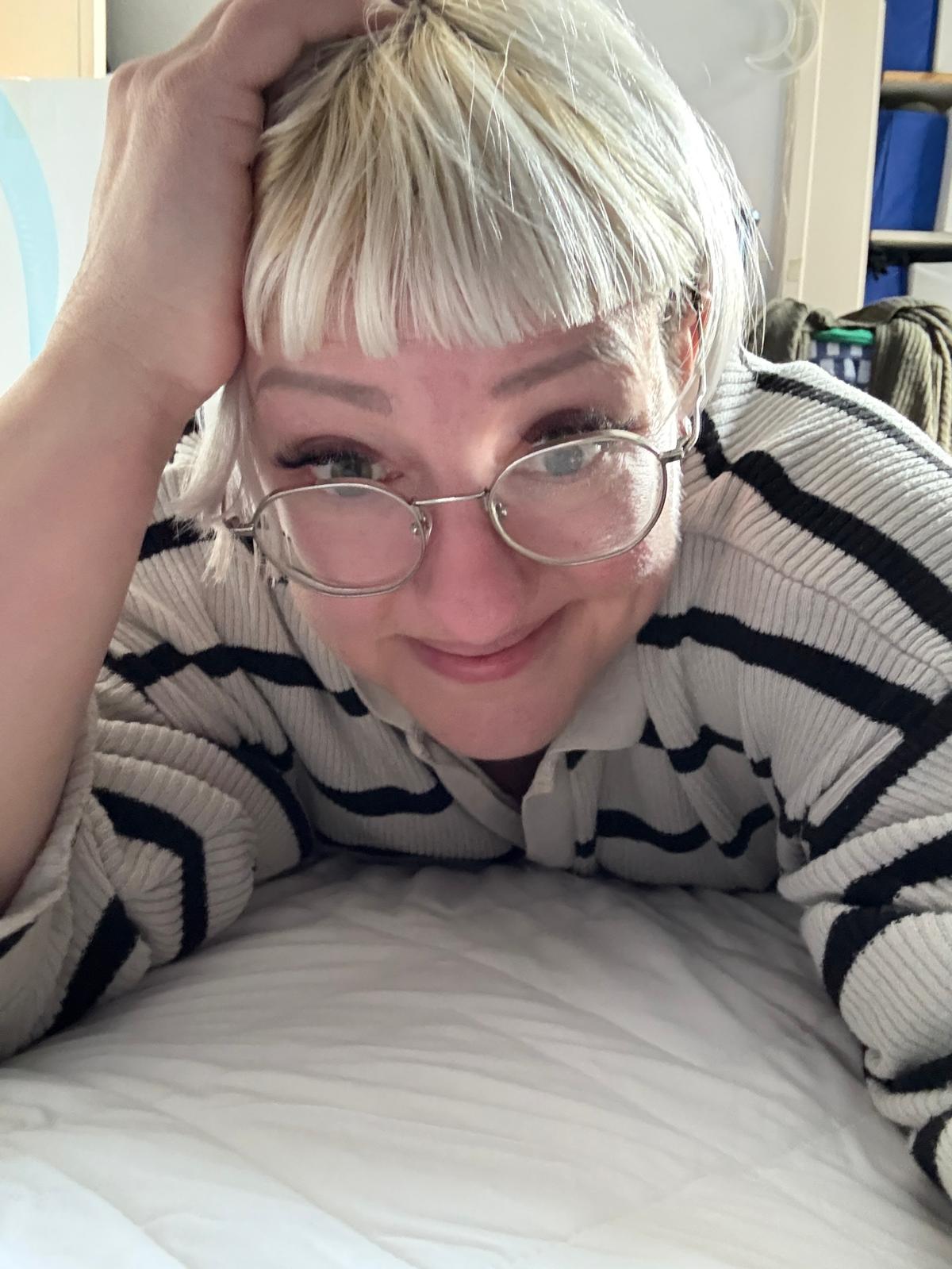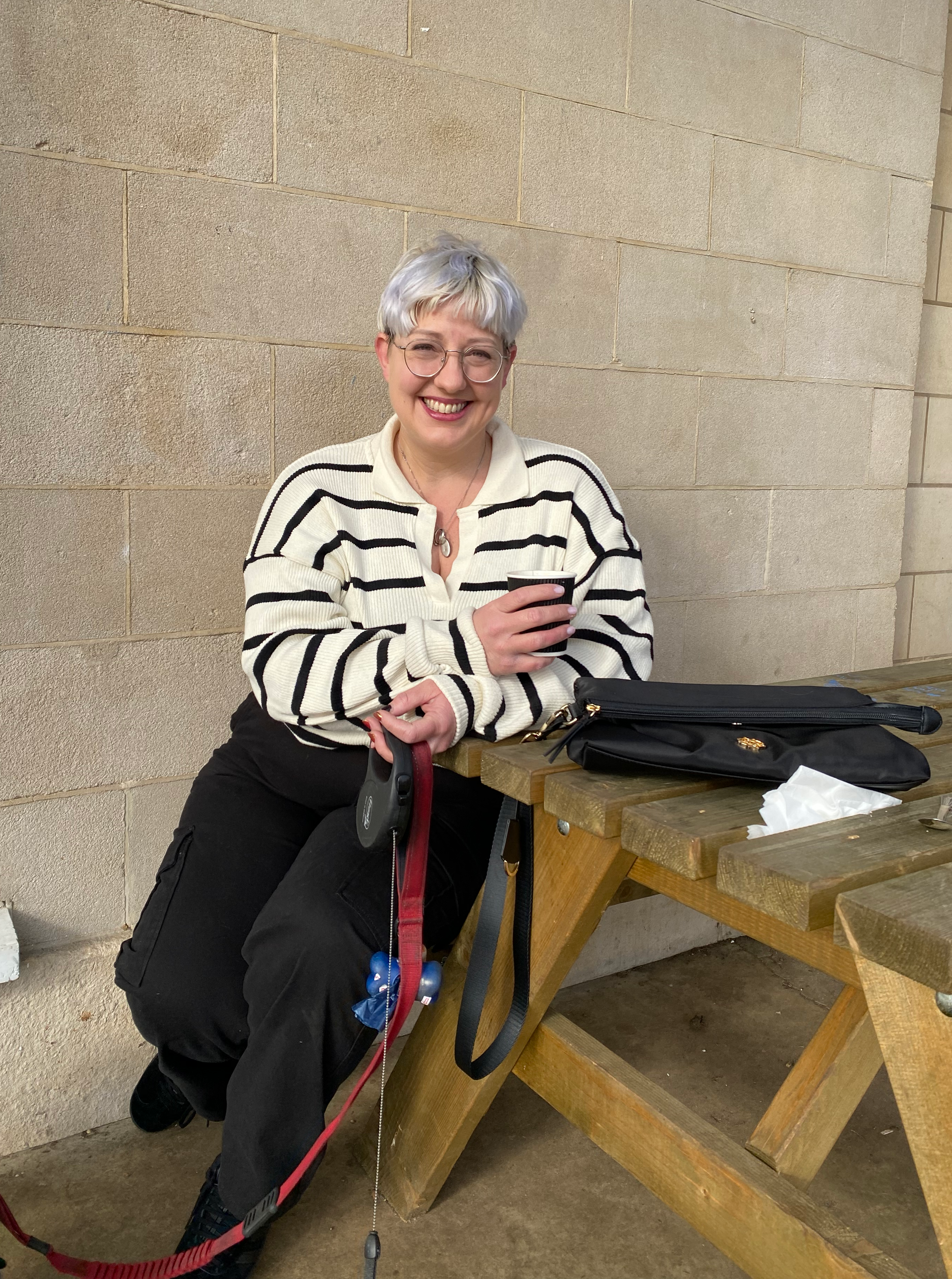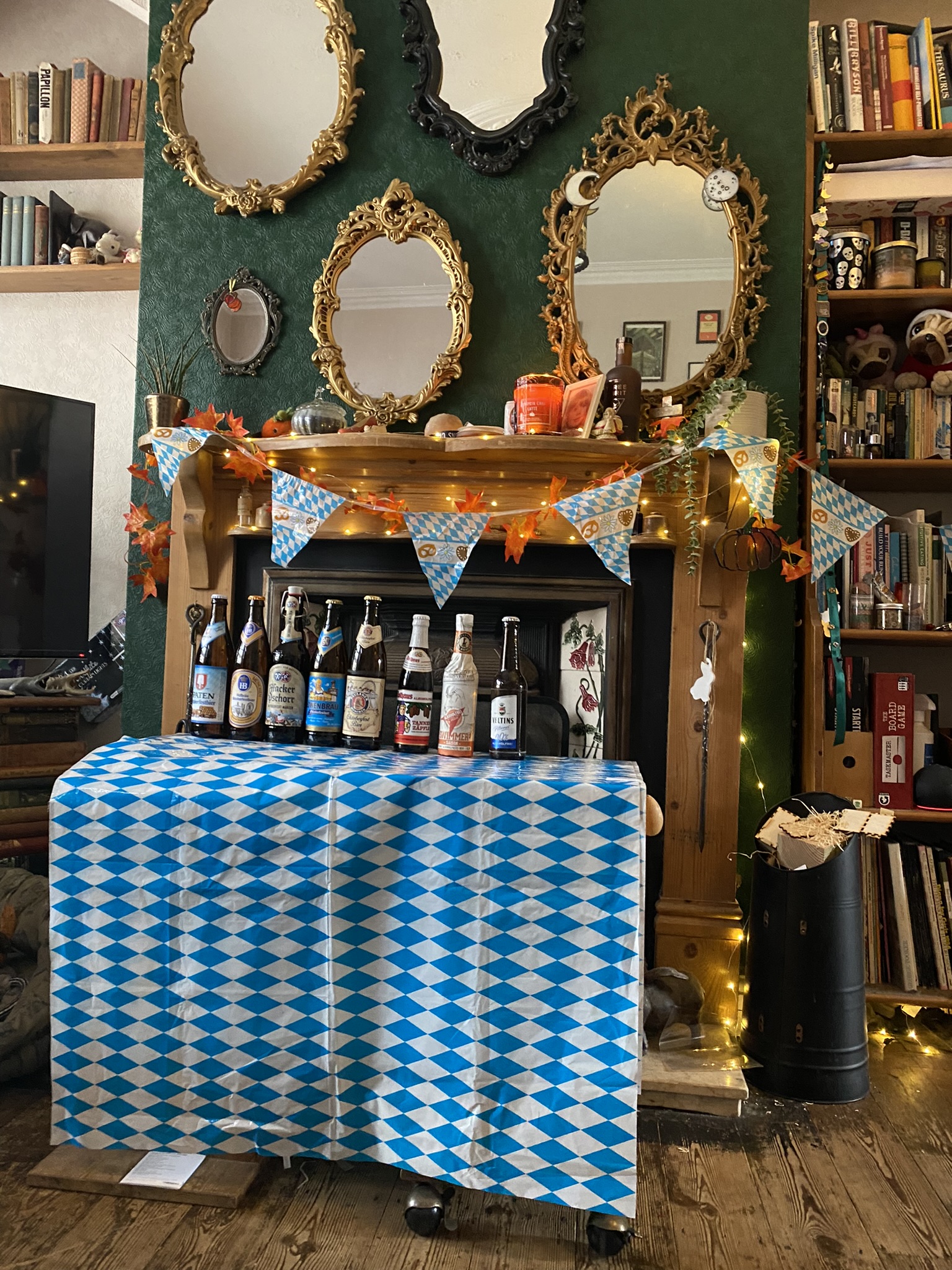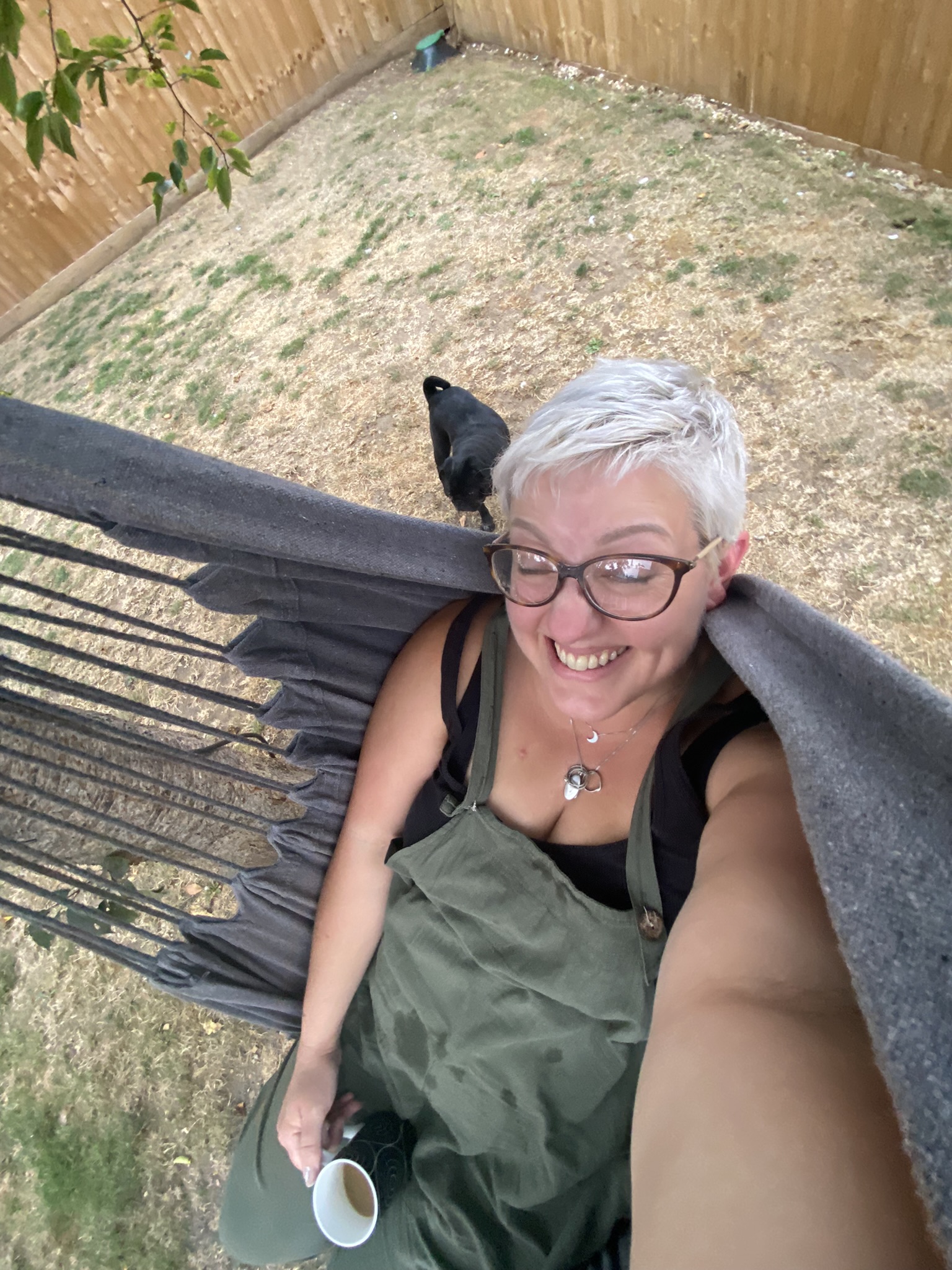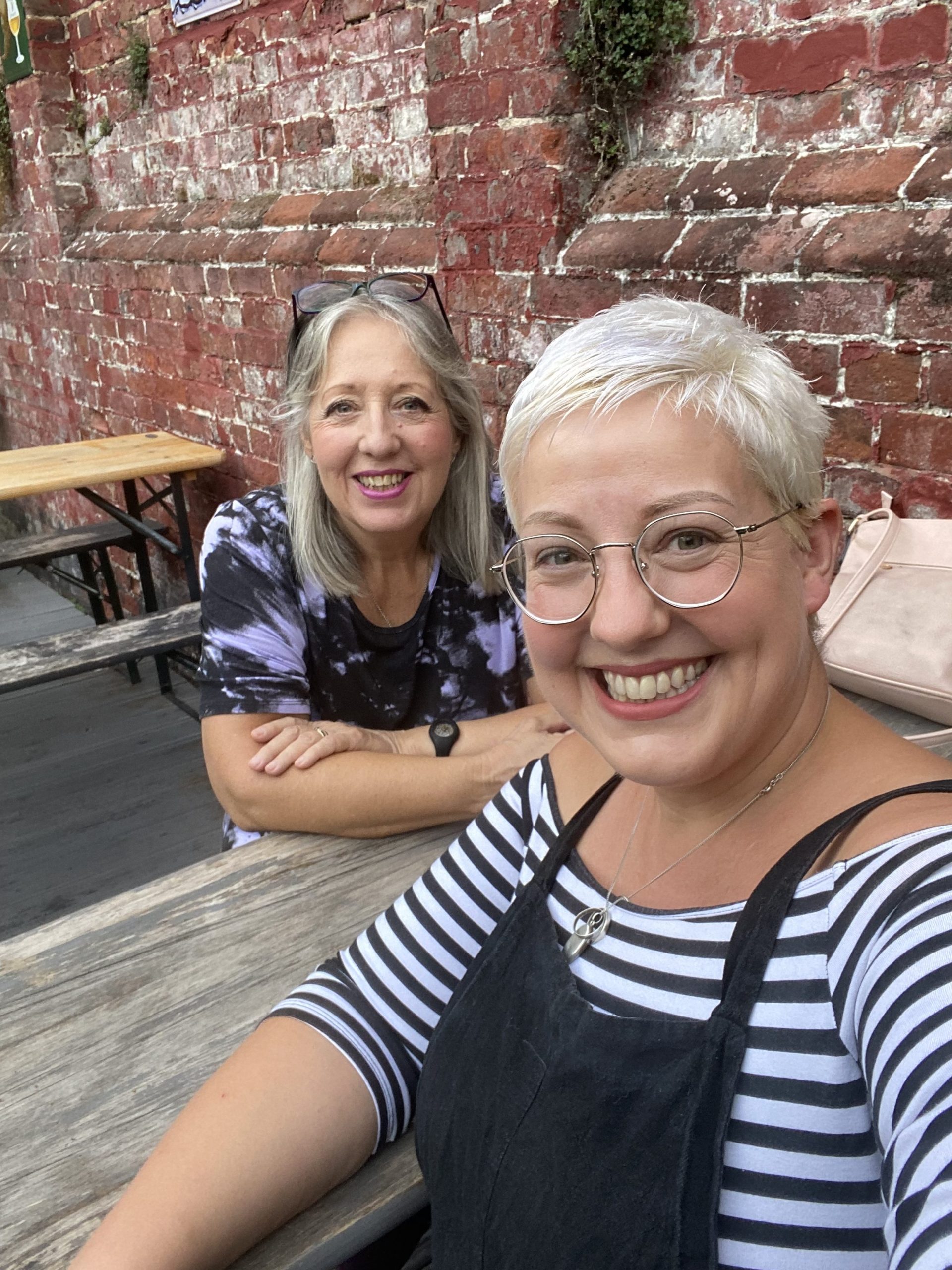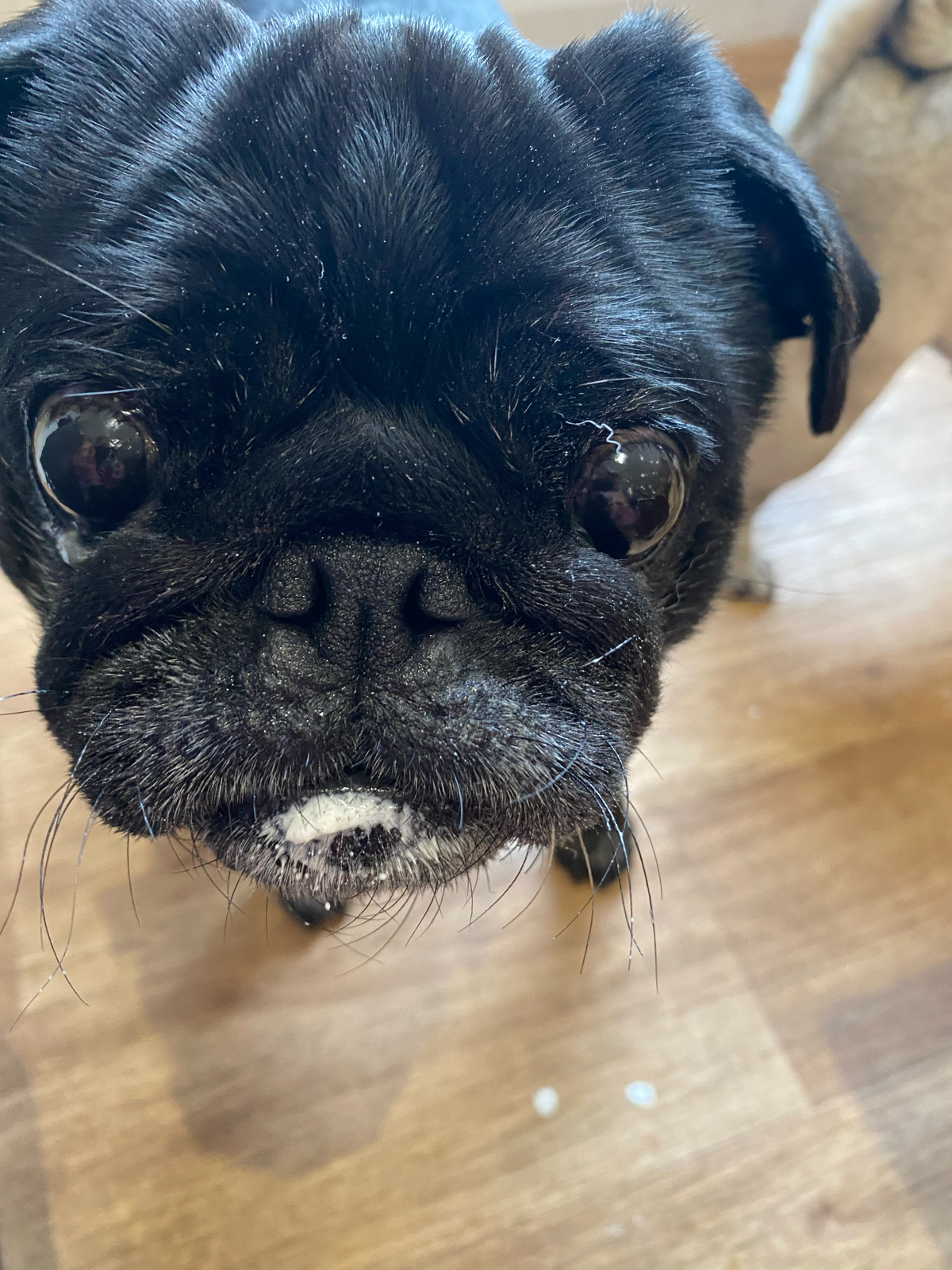The Bob certainly isn’t a new hair style, even if by “new” you mean 20th Century.
Shorter hair on women can be found in 2nd Century Rome, Ancient Egypt and the 14th Century (think Joan of Arc) but today I plan to have a quick look at the history of the bob haircut in the 20th Century.
The bob is associated with the 1920s, but it actually found initial popularity in the 20th century as a practical style during WWI for women engaged in war work. Irene Castle was a ballroom dancer and trendsetter who wore a curled bob, known as the Castle Bob, in the mid 1910’s
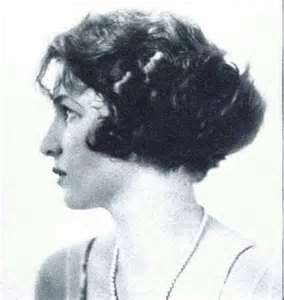
As the war ended and the 1920s arrived bobbed hair remained hugely popular amongst women. Bernice Bobs her Hair is a 1920 short story by the ultimate jazz age author F.Scott Fitzgerald, you can find it in the collection Flappers and Philosophers. While the story isn’t necessarily positive about the impact of the heroine bobbing her hair, it does highlight how the bob was seen as a statement of independence by young women.
The bob was so popular during WWI and into the 20s, that by May 1922 The Times stated that bobbed hair was now so common that it was “rapidly falling out of favour”. In practice, however, the bob remained popular for most of the 1920s. The ultimate bob wearer, Louise Brooks, was certainly wearing the hair style into the 1930s.
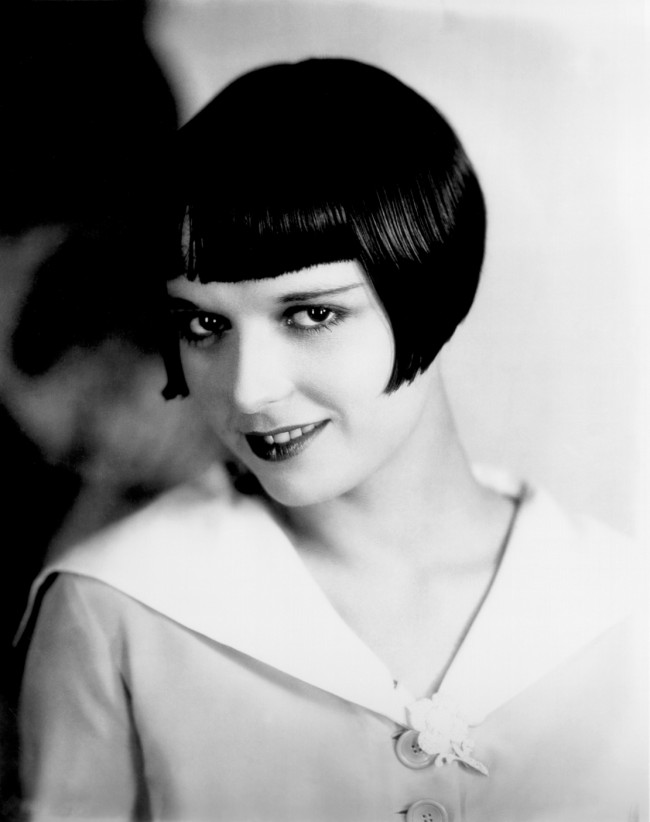
A bob cut in the 1920s came in many different varieties; the orchid bob, the coconut bob, the Charleston cut; but they are all largely similar cuts, styled differently.
A shingled bob was an even shorter version, cut in close to the nape of the neck, and more daring women would even go for an Eton crop, which was shorter still.
The bob was worn both straight and curled, and although you could fake a bob on longer hair by curling it up and under (I’ve done this myself!) a true bobbed hair cut fitted far better under cloche hats which were fashionable in the 1920s.
Women would often visit barbershops to get their hair bobbed as female hairdressers tended to have skills largely in “dressing” and curling hair, rather than cutting.
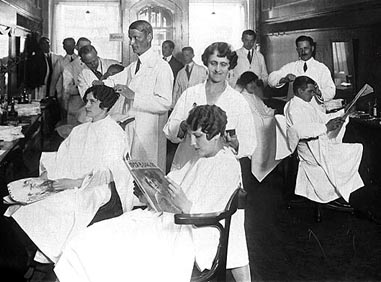
During the 192os bobbed hair spread beyond the West and it’s association with progressive attitudes even managed to get some women killed. During a communist uprising in China in 1928 women with bobbed hair were seized and shot as their haircuts were taken as incontrovertible evidence of their radical tendencies.
There was no set date when the bob dropped out of fashion, and you can find women wearing variations on it all through the 30s, 40s and 50s, but it’s next big moment in the spotlight arrived in the 1960s when Vidal Sassoon turned the cut into an incredibly angular, precision cut style for straight hair called the 5-point cut.
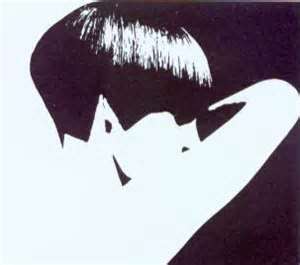
Variations on the bob have come in and out of fashion since the 1960s in various guises. I remember a Louise Brooks style bob with a very short or asymmetric fringe being fashionable briefly in the mid to late 90s, and indeed, I had one myself, though it wasn’t particularly flattering on me! It looked far better on Saffron from Republica.
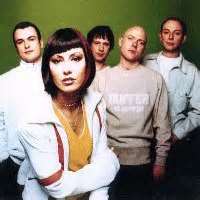
I had my hair cut into a bob again back in October. Last time I had a bob hair cut I had no idea how to curl my hair or do anything more interesting than a bun, so I wasn’t sure how versatile it would be. In actual fact it’s been almost as versatile as when my hair was longer, with the added advantage that it looks far better straight and uncurled.
The word “bob” sometimes carries conotations of being a bit of a boring, “safe” hair style, but given it’s revolutionary history it’s really anything but.

